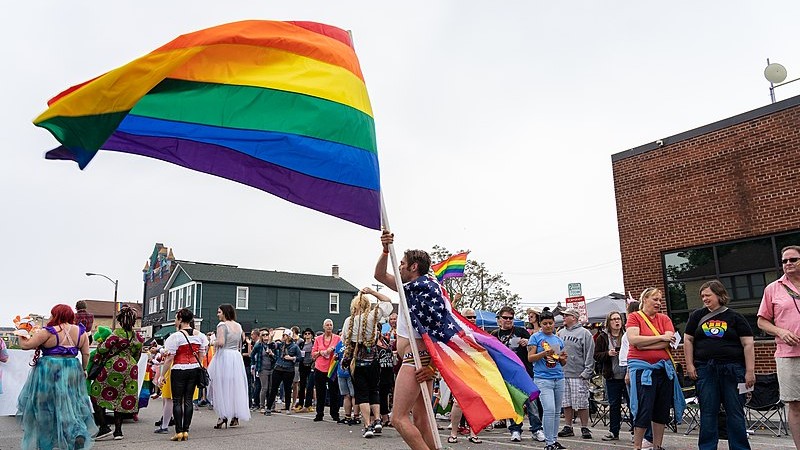Chronic Absenteeism In Public Schools Is Getting Worse Despite More Funding
Chronic absenteeism is a growing problem in public schools where funding continues to increase, drawing questions from many.

Both New York City and Los Angeles are having trouble keeping students in public schools. Not only is the public education system experiencing record enrollment drops, but students who are still enrolled also are not showing up despite districts receiving more funding. This chronic absenteeism crisis has hit 40% in New York and LA, so where is that money going?
Some teachers and officials are still blaming the pandemic, but as most schools are fully operating and the risk for children was never all that concerning, others are wondering what else may be contributing to this trend. Upon further examination, chronic absenteeism was an issue before the pandemic. In New York about 26% of enrolled students regularly missed class. In LA chronic absenteeism was at 19% before the pandemic. Both areas considered these to be high rates, but nothing like what they are experiencing now.

States like New York and Los Angeles not only imposed some of the harshest pandemic restrictions, but they have adopted some of the most liberal teaching policies as well, and many utilized COVID relief funds to obtain more resources centered on identity politics. California schools specifically spent relief funds to train staff on concepts like “implicit bias,” “ethnic studies,” and further supporting LGBTQ+ issues. New York spent some of its $9 billion rescue plan funding to tackle subjects like “structural racism,” and “facilitating difficult conversations about race.” They also support adding more LGBTQ+ materials into lessons, essentially exposing younger children to sexuality and sexualization. This has been encouraged by The Biden Administration and celebrated by some teachers. Parents who oppose these education practices are pulling their children out of classes, but some might not be notifying the schools when they choose to utilize alternative routes like charter schools, private schools, or homeschooling. This leaves students registered in the public education system and contributes to rates of chronic absenteeism.
In addition, New York’s Department of Education has removed penalties for students who turn in their schoolwork late and for those who miss class, even regularly. California adopted similar rules, but went further, eliminating failing grades and allowing students to retake tests, and those who never turn in their work or fail receive a simple “incomplete” grade. Public school districts across the nation have made it harder to hold children back when they are failing classes. Some removed that measure entirely during the pandemic. When chronic absenteeism isn’t punished, and children are not required to do their work and earn their passing grades, showing up for school each day may seem optional for many.

Then there’s the fact that inflation has skyrocketed and the economy is struggling through a worker shortage. Older students are likely leaving school to get a job. This option is even being encouraged by some states which are adopting student-work programs or removing college requirements for career positions altogether. The traditional classroom model has come under much scrutiny in recent years which has led students themselves to support alternatives.
The public education system is currently facing many obstacles, and chronic absenteeism is a definitive one. Public schools rely on attendance for funding. The fewer students that show up for class, the less money their school receives. Families who oppose modern teaching methods — which allow education funds to be spent on teaching biased political ideologies — do not support utilizing taxpayer dollars to impart divisive lessons on their children, and so that may be the point of the lack of attendance.



